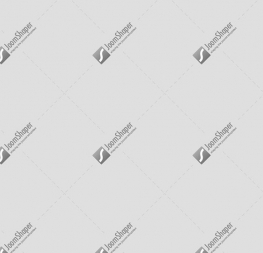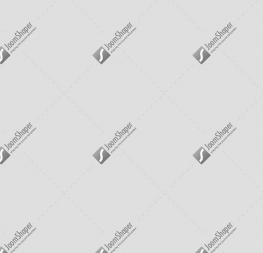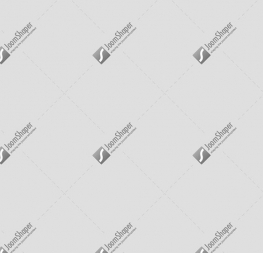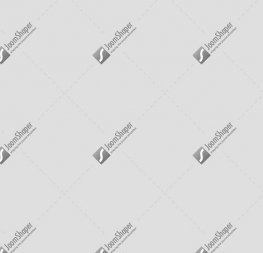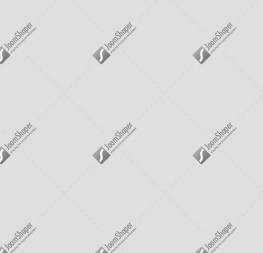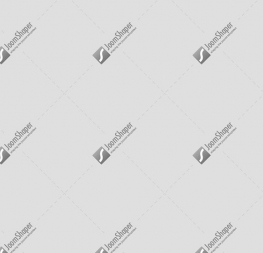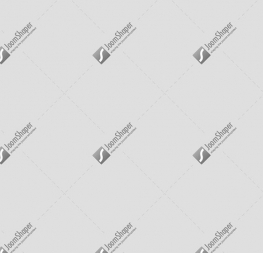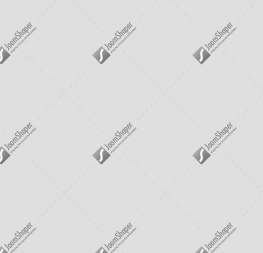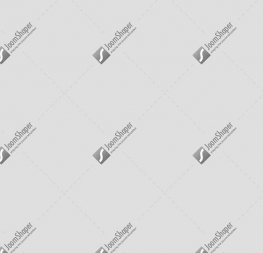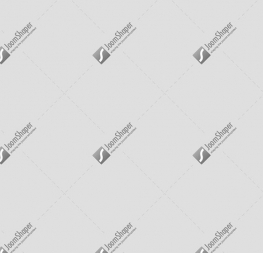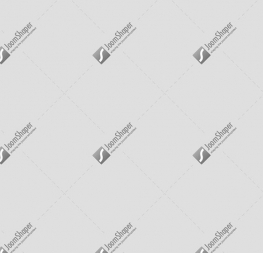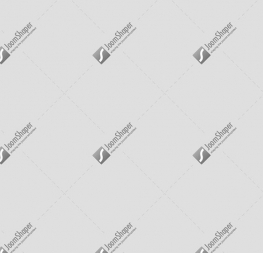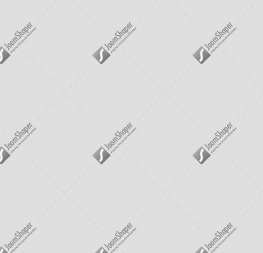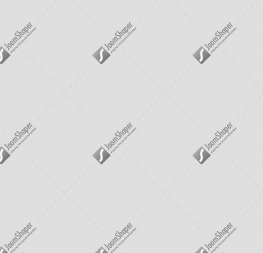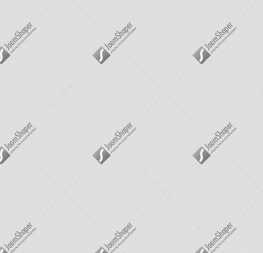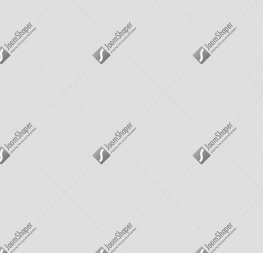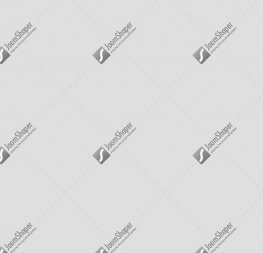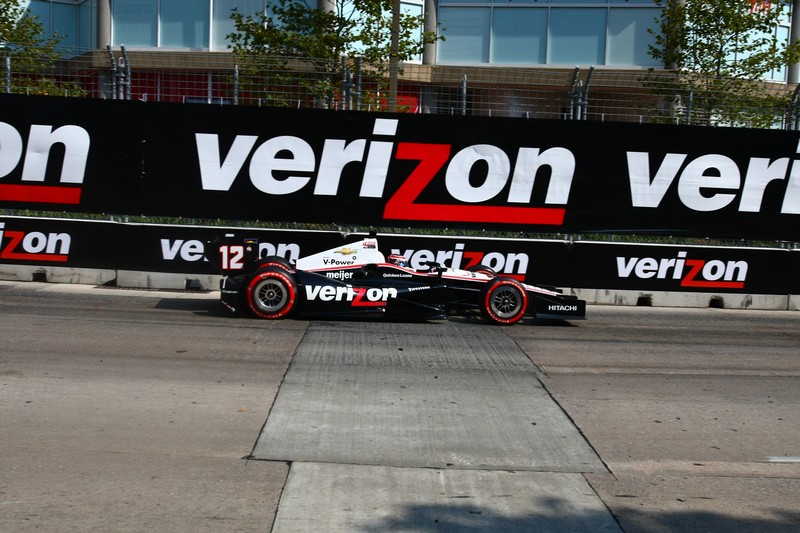
In my post last week I expressed some concern regarding the IndyCar Series current ship of state and its future prospects. Entrants have left, sponsors have left and young, up and coming open-wheel talents (Conor Daly and Sage Karam, to name two) are finding it exceedingly difficult to secure a seat in IndyCar.
While those concerns still remain, the series did receive an enormous shot in the arm on Friday when U.S. telecommunications giant Verizon was named the new title sponsor, taking the reigns from clothing brand IZOD which exited the sport at the end of the 2013 season.
Verizon, which has over 100 million wireless subscribers and operates America’s largest mobile network, has made significant investments in the IndyCar Series in recent years. It has served as official wireless provider since 2010 and has a long association with Team Penske that dates back to 2008, when it inherited a primary sponsorship deal after acquiring rival Alltel. Its colours have adorned Will Power’s no. 12 entry since 2009, and in addition to national commercials featuring Power and his Penske teammate Helio Castroneves in recent years, the company is about to begin year two of sponsoring the pole – the Verizon P1 award – at each race.
Frankly, even before Friday’s announcement, Verizon has done more to try to move the IndyCar needle with fans, the media and other potentials sponsors over the past four years than any other partner, including IZOD.
With this new agreement – which is believed to be for five years with an option to extend for another five – expect to see the Verizon IndyCar Series everywhere: on TV, in print, in stores, online and, most importantly, on mobile devices.
Simply put, Verizon not only has a vastly greater reach than IZOD thanks to the nature of its businesses, but its name carries the sort of instant recognizability and brand cache IZOD could never hope to match. These advantages should help make it easier to reach all of the various audiences important to IndyCar management: fans, media and other potential partners. Verizon will provide an enormous boost on all fronts and, hopefully for the sake of the series, the latter especially. With just 22 entries confirmed for the season-opener in St. Petersburg, Florida in two weeks, more sponsors are vital if the sport is to grow.
Whether new sponsors will be persuaded to follow Verizon’s lead is hard to predict, but one thing is for certain: Verizon is going to market the daylights out of the sport, and if its efforts can’t lift IndyCar’s limp TV ratings and raise its near-invisible presence on the mainstream sports landscape, perhaps nothing will.
Mark Miles, CEO of Hulman Motorsports, the parent company of both the IndyCar Series and the Indianapolis Motor Speedway said during the announcement that he couldn’t dream of a better company for the role of title sponsor.
At this stage, I’d have to agree, but this deal comes with enormous expectations. If Verizon can’t make a go of this, it’s hard to imagine another Fortune 500 company spending $10 million (USD) a year – or anything close to that – on what has become a very niche sport.
Miles and his management team had better hope Verizon’s tide will lift IndyCar’s boats – the sooner, the better.
Photography by Bret Kelley / INDYCAR

